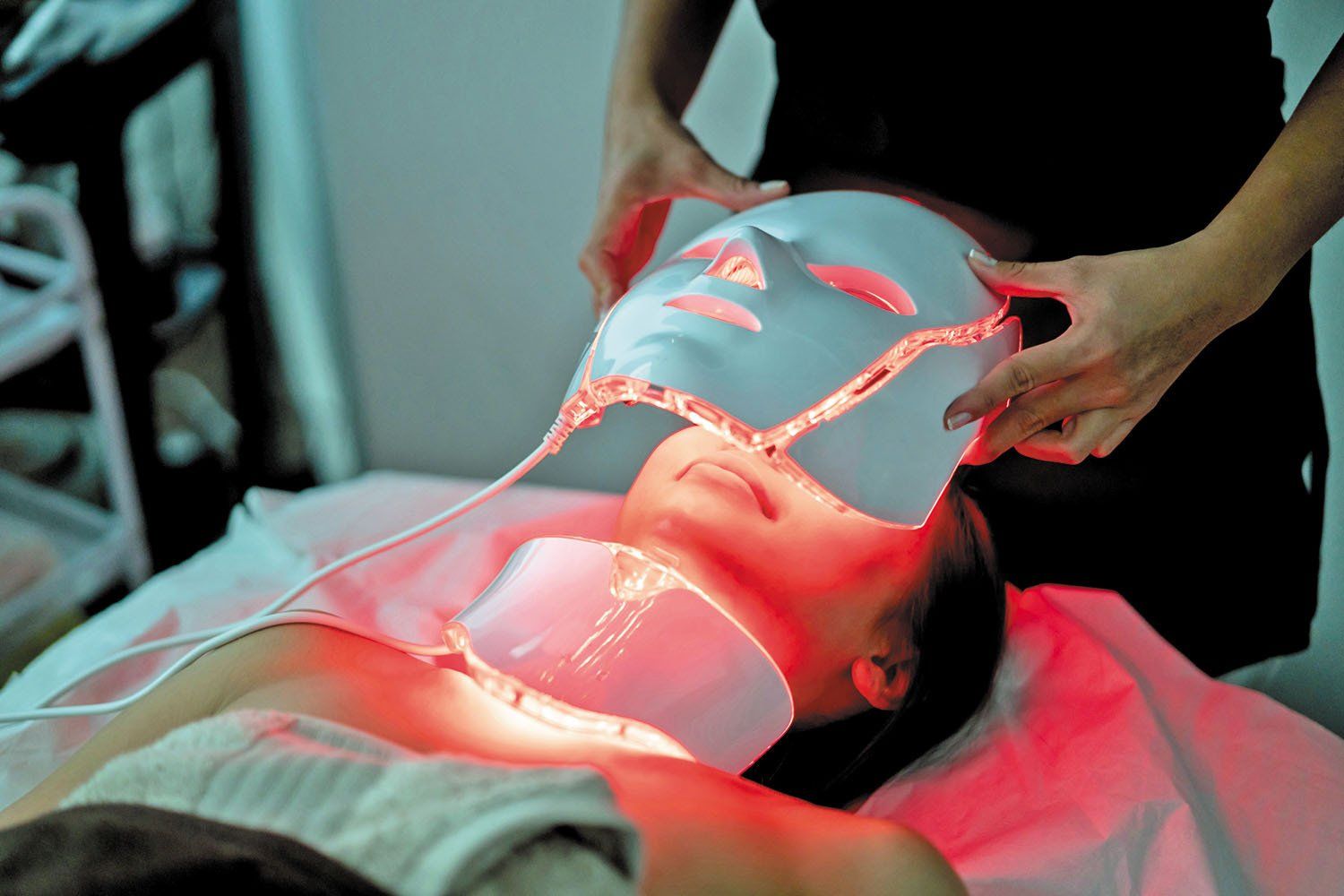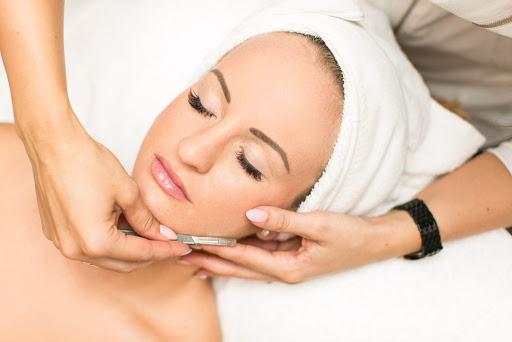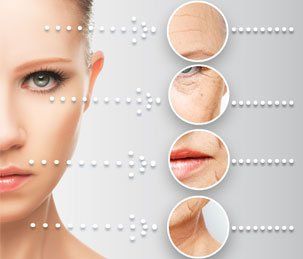Dermaplane
Manual Exfoliation
What is Dermaplaning?
Dermaplaning is a skin treatment that uses a sterile Scalpel to skim dead skin cells and hair from your face. It’s also called microplaning or blading.
Dermaplaning aims to make your skin’s surface smooth, youthful, and radiant. This treatment removes up to 2-3 weeks worth of dead skin and can also help with deep scarring from acne and uneven pockmarks on your skin. It’s also used to remove “peach fuzz,” the short, soft hairs on your face.
Dermaplaning can be used for any skin type and anyone with:
acne scars
dull skin
dry skin
sun-damaged skin
fine wrinkles
What Does Dermaplane Do?
The basic concept of dermaplaning is the same as shaving. By aiming a sterile blade at a 45-degree angle and dragging it slowly across your skin, you remove up to 2-3 weeks of dead cells, scar tissue, and other grease and debris that may be making your skin’s surface look uneven.
Your skin is exposed daily to harsh environmental toxins, irritants, and sun damage. This can cause the top layer of your skin to appear dull, and it can make you look aged. Dermaplaning clears away those damaged skin cells so newer skin cells are what you see when you look in the mirror.
Your makeup will also look flawless as the removal of all the tiny peach fuzz and dead skin helps for a flawless makeup aplication. along with the deeper penetration of serums
What To Expect?
You don’t need to plan any downtime to recover from a dermaplaning treatment. You may experience redness or feel like your skin is scraped in the two or three days right after the procedure.
You may notice that your skin looks brighter immediately after you’re finished with a dermaplaning treatment, but you may aslo experience some skin flaking and dryness which is completely normal.
Results of dermaplaning aren’t permanent. The treatment claims to clear away up to three weeks’ worth of dead skin cells. After three weeks to a month, your results will have faded. this is a monthly treatment to keep on top of healthy results.
After a dermaplaning treatment, you’ll need to be extra careful about sun exposure. Sun damage could reverse the effects of dermaplaning, or create pigment blotches on your freshly uncovered skin cells. In the weeks after a dermaplaning treatment, don’t leave the house without wearing sunscreen on your face.
Before Your Appointment
Before you have a dermaplaning treatment, you’ll need to have a conversation with your therapist. Your medical history, skin type, and skin coloring will be discussed, as well as the results you want.
If you have an active acne flare-up, you may need to reschedule your appointment to avoid irritating your skin further or tearing your skin’s surface.
You’ll also need to avoid direct sun exposure in the week prior to your appointment, as sun damage, such as a sunburn, could compromise your skin and make the treatment painful.
to book your free consultation and to go through the risks of having this treatment click the book now button
Book Service






